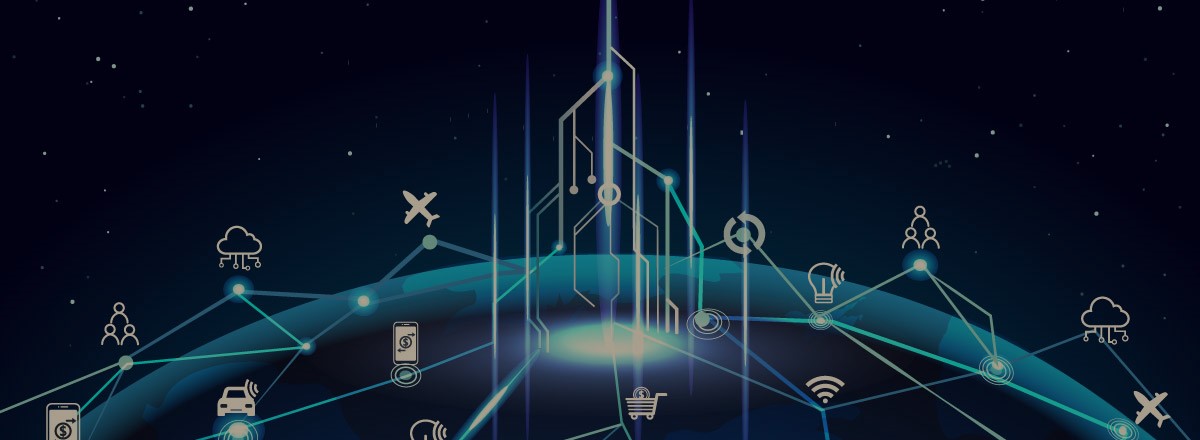
Modeling Mayhem: Realistic Scenarios for Effective Modeling & Simulations
Our synthetic environment includes live test articles and emulates actual threats in proving out C4ISR operations and technologies
 06-17-2020
06-17-2020
 SAIC
SAIC
 MODELING AND SIMULATION
MODELING AND SIMULATION
What if the Martians in H.G. Wells’ War of the Worlds had modeled and simulated biological threats before expending an entire fleet to invade Earth? They would’ve saved an entire force that had to travel millions of miles and let pathogens do the work.
Quality modeling, simulation, and analysis (MS&A) produces data-driven knowledge, whether it’s in military operations, finance, or business. But modeling best-case scenarios doesn’t do anyone any favors. Overlooking the mayhem and chaos of real-world situations can be disastrous when they actually occur.
Synthetic environments must account for realistic challenges. In our line of work, C4ISR (command, control, communications, computers, intelligence, surveillance, and reconnaissance) and cyber systems need to be fully vetted under stressful conditions that emulate actual threats and attack situations prior to their acceptance and fielding. MS&A is also important as these systems are rising in complexity alongside the rise of joint all-domain command and control (JADC2) doctrines across the armed forces and combatant commands, connecting sensors, shooters, and data from all domains and platforms.
While quality MS&A takes time, talent, and money, it requires far less time and funding than major system acquisition programs. It can improve our understanding of capability gaps and shortfalls, allow us to investigate new alternatives at relatively low costs, and provide insight into technologies and operating concepts well before significant acquisition resources are committed.
A synthetic environment that works
SAIC has invested in developing an innovation center dedicated to creating a synthetic environment that can combine simulated and virtual entities and live test articles, including artificial intelligence (AI) engines. We now have a robust environment for the development, analysis, and refinement of future defense and intelligence tools and automated decision aids.
We have deployed multiple variations of this environment for federal customers. This solution has served as the integration engine for various operations simulations, with detailed cross-domain, multi-intelligence command/control and communications architecture models and live test articles, including evaluation of the relative merits of alternative communications protocols and concepts of operations (CONOPS) for major defense and intelligence platforms.
In creating a synthetic environment with the proper amount of realistic chaos, we wanted to support:
- Distributed real-time and faster-than-real-time operational emulation of complex missions involving all participant domains (land, sea, air, cyber, and space).
- A new CONOPS and concepts of employment (CONEMPS) using human-, hardware-, or software-in-the-loop processing for verifying system effectiveness.
- Architecture concepts that account for resource, time, and knowledge constraints that may exist at any time during mission operations.
- Evaluation against dynamic, physical, and cyber threats.
- A capability to generate meaningful system and architecture performance metrics in complex missions and scenarios.
For more than a decade, we’ve been refining this simulation environment, and our dynamic modeling, simulation, and analysis lab is enabling development and evaluation of future technologies and operations concepts.
The success of our customers is critical to national security, and their challenges are expressly addressed in our lab. By modeling a chaotic test environment, the performance measured and insights gained can be tested and refined by balancing new technologies against alternative CONOPS to determine how to fully exploit them.
We are putting this into practice within our digital engineering discipline as we model and address the challenges of evolving threats.
Our work helps customers get ahead of the power curve before they ever acquire or deploy new capabilities. But don’t worry, should any Martians contact us, we won’t model flu season for them. And last but not least, thanks to Paul Vogel, systems engineering chief, for collaborating with me on this blog!
FURTHER READING: The proper way to model complex systems



